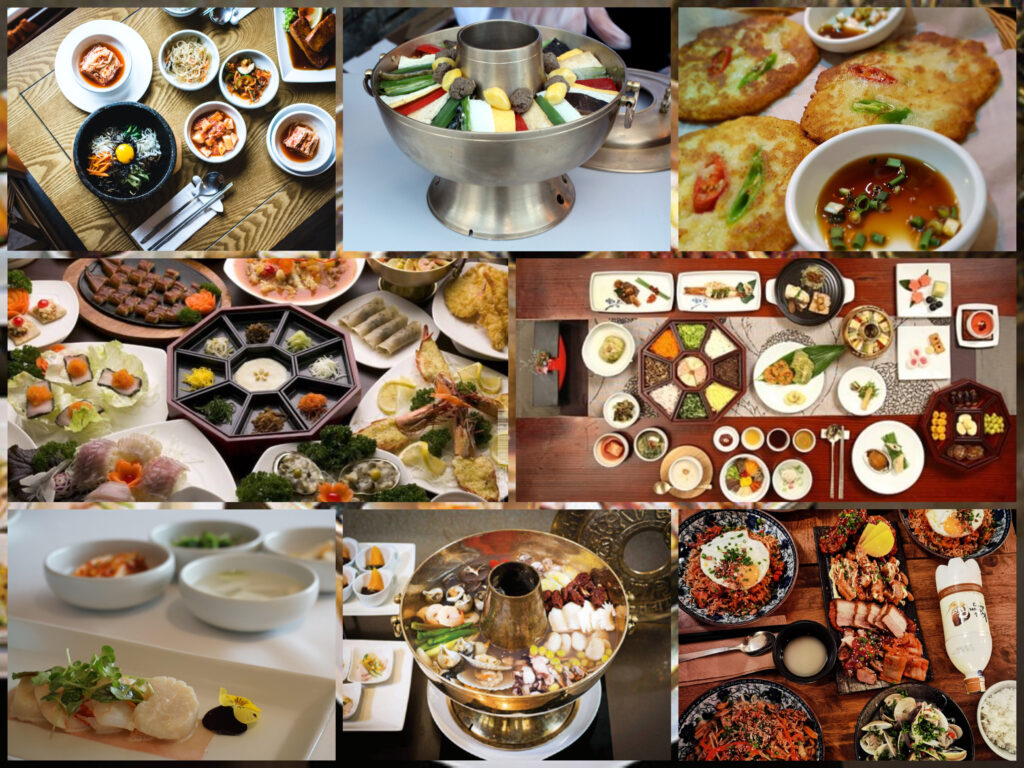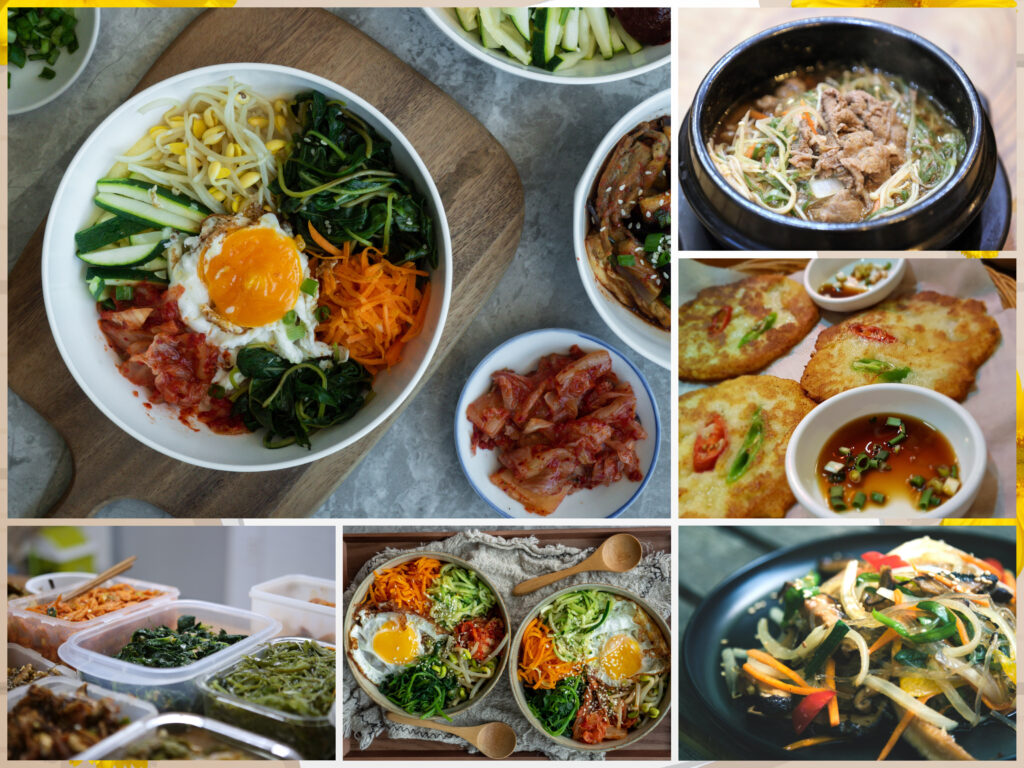
Korean food that tastes good and is good for health is called well-being food and healing food all over the world. The characteristics of Korean food are that it uses ingredients close to nature, there are various kinds, and it is a slow food that is healthy even though the cooking process is long. Korean food mainly uses vegetables or seafood rather than meat, so it has less calories and the recipe is good for your health by using steam or boiling rather than frying it in oil.
Seasonings such as soy sauce and soybean paste, which are mainly used in Korean food, are fermented foods that are kept for a long time and contain many healthy microorganisms. Therefore, Korean food is said to have healthy three beats, including ingredients, recipes, and spices. The World Health Organization recognizes the excellent taste and nutrition of Korean food and introduces it as a model food with a nutritional balanceThere are many cases in which Koreans, who are generously investing in all their efforts to globalize Korean food, stand out around the world. In the case of running a restaurant called “Daejanggeum” in Beijing, China, Korean food has become a popular food in North America, Europe, and Asia. Looking at the management mindset of the company’s CEO, who currently has a Jeonju Bibimbap franchise in China, it combines Korean and Chinese culture with a catchphrase of “We are good friends,” which is a very valid idea in terms of globalization of Korean food.Looking at these various situations, it can be said that this is the best time to establish Korean food as a food for people around the world. First of all, there are huge food markets such as China and Japan within a geographical radius of 2,000 kilometers, and more and more people are enjoying the understanding and taste of Korean food. In other words, I think Korean food will develop further depending on how to target Southeast Asian countries where 11 major cities are nearby and 1.5 billion people live.People began to be interested in Korean food after the variety of royal food was introduced through the drama “Daejanggeum.
“Wow, what’s that?”
“What kind of food is served in such a pretty and colorful way?”
As such, Daejanggeum aroused curiosity about Korean food among foreigners, and it became the starting point for the Korean food craze beyond dramas throughout Asia and even in Arab countries. In addition, various foods and stories related to the Korean Wave in the movie “Sikgaek” were enough to attract the interest of people around the world.

I think the drama that took over the baton and caused the Korean Wave boom is probably “My Love from the Star.” As Jeon Ji-hyun, the heroine, was shown eating chicken and beer with the line “Chicken and beer on a snowy day,” the chicken and beer craze in China became active, and domestic chicken franchises became active overseas. In fact, the news also reported on the culture of Chinese college students and office workers enjoying chicken and beer during dinner. Beyond special Korean food such as royal food, various aspects of Korean food in daily life are attracting attention abroad with the craze of dramas.
Due to the Korean Wave, large companies quickly entered the global market. Among them, Bibigo, a bibimbap brand that CJ Foodville launched in Beijing, China in August 2010 and actively entered LA, Singapore, and London in the U.S., has already established a solid base and captivated the taste of overseas consumers. Especially in the case of Soho in London, it was introduced in the London edition of Michelin Guide for two consecutive years. Bibigo introduces various kinds of bibimbap in daily life along with traditional Korean food. I hope that more brands will be created in the future to promote Korean food and introduce Korean culture.
Ted Park
ASIA JOURNAL



